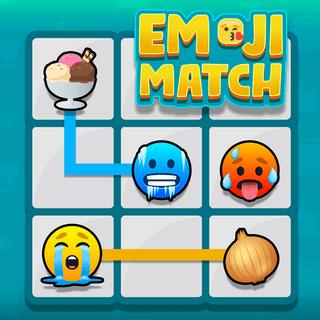

Happy Brother

Sink Or Float

One Plus Two

Crazy Descent

Save The Stic

Squid Game Co

Money Ping Po

Minicraft Win

Emoji Match

Cougar Simula

Crazy Animals

Ratomilton Re

Dog Evolution

Words Of Wond

Tap Tap Dunk

Crazy Hen Lev

Bestie Breaku

Bus Simulator

Dessert Stack

Spaceflight S

Unlock The Bo

Titans Defens

Super Sprunki

Harvesting Ve

Fortune Wheel

Love Tester

Super Cloner

Traffic Racin

Pictures Ridd

Ramp

Wordle 2.0

Killer Escape

Tower Smash L

Diamond Rush

Dynamons 10

Bffs House Pa

Crowd Run 3d

The Last Tige

Merge Run Bat

Plumber And P

Dance Battle

Emoji Flow

Mahjong Pet Q

Tower Smash

Noob In Geome

Valentines Da

Gun Spin

Pool 8

Drive Ahead S

Slpoing Path

Uncle Ahmed

Parking Rush

Warfront

Om Nom Connec

E-scooter!

Spot It Find

Flag Runner

Dices 2048 3d

Car Stunts

Obby Prison:

Build Your Ve

Draw Dance Ba

Good Shelves

Checkers

Super Thrower

Sprunki Mini

Color Tunnel

Sprunki 3d Sh

Save The Prin

Neon Tower

Hangman Saga

Sprunki Chall

Worldcraft 3

Hexa Sort: Wi

Geometry Rash

Stair Race 3d

Donkey Kong R

Butterfly Shi

Army Fight 3d

Neon Swing

Slope

Squid Game Bu

Live Star Dol

Team Loyalty

Crazy Bus Sta

Peet Around

Om Nom Bubble

Tile Journey

Brick Breaker

Drift Dudes

Battle Of Pir

Cubito

Money Chaser-

Obby The Lege

Mahjong My Wo

Giant Attack

Parking Panic

Frankenstein

Pop It! Duel

Cyberpunk Age

Paint Tiles P

One Bullet To

Peet A Lock

Love Tile Tri

Food Rush

Among Golden

Monster Demol

Mini Chef Ove

Barbara & Ken

Blast Sprunki

Pengu Slide

The Walking D

Popaloon

Candy Pop Cha

Interior Desi

Obstacle Car

Screw Sort Pi

Taylor And Je

Toca Teens Co

Popaloon

Plinker

Office Escape

Ellie And Fri

Baby Taylor T

Mr Hacker The

Baby Pet Sitt

Baby Taylor B

Pet Dentist

Nightmare Cou

Ellie Chinese

Kendel 7 Days

Noob Click: T

Kitty Couple

Kitty Squad W

Winter Mahjon

Dropping Gems

Sprunki Cross

Wonders Of Eg

Puzzle Wood B

Alien Surviva

Sprunki Money

Baby Lily Bir

Dye It Right:

Sniper 3d Zom

Mine Sweeper

Fly Away Monk

Lines 98 Old

Baby Lily Car

Monsterella F

Vibrant Heart

Sprunki Chall

Animerge

Two Player St

Baby Lily Sic

Sort: My Park

Obby The Lege

Christmas Sor

Player Bomber

Launch The Sp

Dunk Brush

Tangled Snake

Foot Hospital

Words From Wo

Castle Cards

Moto Stunt Ra